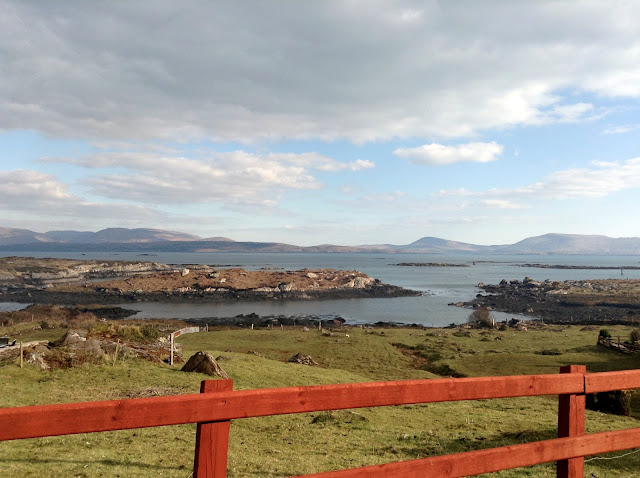You would think that after all of the trips we have experienced in Europe, all of the castles we've visited that we would be tired of them. Well we aren't! We never tire of seeing the different layouts, learning the history of the people who once resided there, because "you've seen one, you've seen them all" just doesn't apply. They are each unique, with a history all their own. So when we drove through Mallow (Mala in Gaelic meaning Plain of the Rock) and we spotted this ruin through the trees, we knew we had to return and explore. It's always a little sad to see a ruin, wondering what it was like at the time it stood. Lucky for us, there was a blueprint provided on the information board. This castle was erected between 1584 and 1599 by Sir Thomas Norrys, the Lord-President of Munster. Stones from a previous castle on the same site were used in the construction.
Here you see some of the detail of the "trademark" left by the tradesmen that worked on the castle. If a tradesman didn't leave his mark to show that he was the one who had done the work, he didn't get paid.
Looking up through the turret. You can see along the wall where the stairs were once connected.
In 1610 it was given to his daughter Elizabeth as a wedding present. In 1689 it was attacked and burned by the Jacobites, and instead of restoring it, the family converted the stables into a new residence, as seen below.
Hard to believe that their horses had nicer quarters than most of the people in the village! Horses were so key to the livelihood of a family, that they took very good care of them. The original building was from the center tower left, with the right wing being added later.
This is a view of the newer section and the back of the residence. While we were walking around, we were approached by a gentleman, asking if we were visitors. He was a jolly man by the name of Dan Doolin, dressed as you would expect in tweeds with a donegal tweed ivy cap and a walking stick. He told us about the castle and the town with great pride. But the most interesting thing he told us was about the White Fallow Deer herd that runs wild on the castle grounds. The herd was introduced into the park during the reign of Queen Elizabeth I, she having presented a pair of deer to Elizabeth, Sir Thomas' daughter as a wedding present. The deer below are descendants of the original pair.
What a remarkable experience to watch these extraordinary animals. They were just as curious of us as we were of them.
As we walked along this lane, we noticed some interesting things. For one, every stone has a fine covering of moss, or lichen. Towards the end of the wall, we noticed how the trees and bushes actually become part of the wall.
This guy seemed more like a fabrication you would see at Disneyland rather than an actual living thing.
We didn't spend a lot of time in the village, only checked out a couple of shops, then we were on our way again. We drove to the famous Ring of Kerry (Mórchuaird Chiarraí in Gaelic) which is a driving trail that circles through southwest County Kerry. There are amazing vistas along the way, as well as some points of interest.
This is another grouping of Potato Famine cottages. We saw these all along the way.
Coastal area along the Ring of Kerry...
Some friends we met along the way...
Finally found a thatched roof cottage, although the car sitting in front kind of spoils the effect.
This is Staigue Fort, built sometime A.D. but before Christianity came to Ireland. It is constructed without mortar and would have been built for a wealthy chieftain. As you can see in the rendering below, there would have been huts built inside housing his family, servants and guards.
The entrance into the fort. It's kind of amazing that all of these ruins are still around. This one is in some guys field. To get to it, we drove up a rutted gravel road, put some coins in a pay box by the gate, opened the gate and walked up to it. You can see the deep ruts in the ground at the base of the wall on the left, evidence of the cattle that roam through here continuously.




















Such beautiful scenery. Love me some ruins!
ReplyDelete